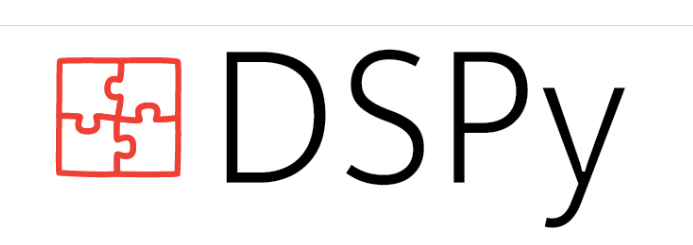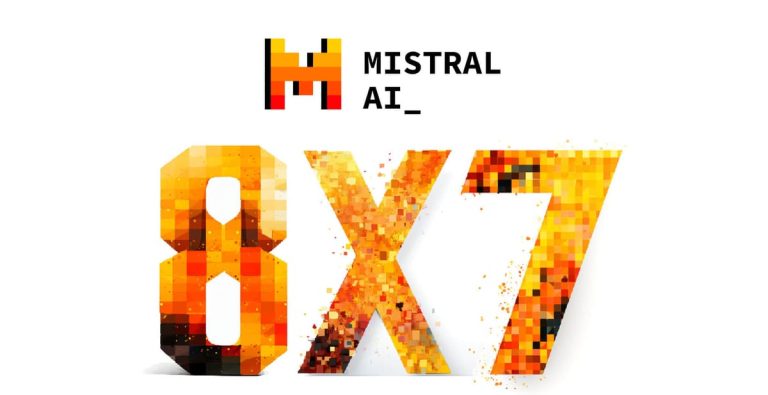DSPy, now stands for 𝗗eclarative 𝗦elf-improving Language 𝗣rograms (in p𝘆thon), according to Omar Khattab, author of DSPy. DSPy is a framework developed by StanfordNLP for algorithmically optimizing language model (LM) prompts and weights, particularly when LMs are used multiple times within a pipeline. It helps in separating the flow of a program from the parameters, such as prompt instructions, few-shot examples, and LM weights.
This is helpful since this separation simplifies the process of using language models to build a complex system by eliminating the need to manually tweak prompts and finetune LMs, which can be hard and messy. DSPy abstracts LM pipelines as text transformation graphs, allowing for the automatic optimization of prompt structures to solve specific problems. It also provides a clean class-based representation of workflows and a way to solve for the best prompt structure, promising to eliminate tedious prompt engineering. Essentially, DSPy aims to streamline the use of LMs in complex systems by automating the optimization of prompt structures and finetuning steps, thereby reducing the manual effort and complexity involved in using LMs within a pipeline.
DSPy Key Features
DSPy is a framework for optimizing large language model (LM) prompts and weights, especially in complex pipelines. Its key features include:
- Separation of program flow and parameters: DSPy separates the flow of the program (modules) from the parameters (LM prompts and weights) of each step, making it easier to optimize and modify the system.
- LM-driven optimizers: DSPy introduces new optimizers that can tune the prompts and/or the weights of LM calls to maximize a given metric. These optimizers are LM-driven algorithms that generate effective prompts and weight updates for each LM in the pipeline.
- Improved reliability and performance: DSPy can teach powerful models like GPT-3.5 or GPT-4 to be more reliable and avoid specific failure patterns. It can also improve the performance of local models like T5-base or Llama2-13b.
- Systematic approach: DSPy provides a more systematic approach to solving hard tasks with LMs, reducing the need for manual prompting and one-off synthetic data generators.
- General-purpose modules: DSPy provides general-purpose modules like ChainOfThought and ReAct, which replace string-based prompting tricks and make it easier to build complex systems with LMs.
- Compilation process: DSPy compiles the same program into different instructions, few-shot prompts, and/or weight updates for each LM, allowing for more effective and efficient use of LMs in the pipeline.
How does DSPy work?
The DSPy framework, as described in the provided document, works by integrating LM Assertions as a programming construct for expressing computational constraints that language models (LMs) should satisfy. These constraints ensure that the LM pipeline’s behavior aligns with specified invariants or guidelines, enhancing the reliability, predictability, and correctness of the pipeline’s output. The LM Assertions are categorized into two well-defined programming constructs, namely Assertions and Suggestions, denoted by the constructs Assert and Suggest. They enforce constraints and guide an LM pipeline’s execution flow. The Assert construct offers a sophisticated retry mechanism, while supporting a number of other new optimizations. On an Assert failing, the pipeline transitions to a special retry state, allowing it to reattempt a failing LM call while being aware of its previous attempts and the error message raised. If, after a maximum number of self-refinement attempts, the assertion still fails, the pipeline transitions to an error state and raises an AssertionError, terminating the pipeline.
Essentially, it helps make language models more reliable and predictable by adding a new programming construct called LM Assertions. These assertions allow you to specify rules or guidelines that the LM should follow when generating output.There are two types of assertions: Assert and Suggest. The Assert construct enforces a strict rule that the LM must follow, while the Suggest construct provides a guideline that the LM should try to follow. If an Assert fails, the LM will try to fix the error and retry the failed call, up to a maximum number of times. If it still fails after the maximum number of attempts, an error is raised and the pipeline is terminated.This retry mechanism and other optimizations make it easier to build complex LM pipelines that produce reliable and correct output. By using LM Assertions, you can ensure that your LM pipeline behaves as expected and avoid common failure patterns.
Advantages of using DSPy
- Improved reliability and predictability: By specifying constraints and guidelines for the LM pipeline, you can ensure that the output is reliable and predictable, even in complex scenarios.
- Enhanced correctness: LM Assertions help ensure that the LM pipeline’s output is correct and aligns with the specified invariants or guidelines.
Also note that this is not a direct competitor to Langchain, as a matter of fact the two could actually be used together.
Examples and Use Cases
DSPy isn’t just another LLM framework; it’s a potential game-changer for agent development. Unlike pre-defined workflows in tools like Langchain, DSPy lets you programmatically guide LLMs with declarative modules. No more hand-crafted prompts – build agents who reason, retrieve information, and learn through composed modules like ChainOfThought and ReAct.
This opens doors to agents who answer your questions with clear steps, summarize complex topics with external knowledge, and even engage in creative content generation with defined styles. While both DSPy and Langchain aim to empower LLMs, DSPy’s focus on programmability and learning gives you unmatched control and interpretability. It’s akin to building modular robots instead of pre-programmed machines, opening a new chapter in the evolution of intelligent agents. Note that a lot of this is still in the early days and are constantly having changes and updates.
Getting Started with DSPy
Here are some resources to get you started with DSPy. In another blog post, we’ll discuss and walk through setting up DSPy for a beginner.
Official Documentation and Tutorials:
- Website: https://github.com/stanfordnlp/dspy
- Documentation: https://github.com/stanfordnlp/dspy/blob/main/docs/language_models_client.md
- Tutorials: https://siyli.org/programs/ja-search-inside-yourself/
Installation:
- Follow the installation instructions based on your environment (Python, Google Colab) on the official website.
Additional Resources:
Tips:
- Start with the tutorials to get a basic understanding of DSPy’s concepts and workflow.
- Explore the community projects for inspiration and learn from others’ implementations.
- Don’t hesitate to experiment and try different modules and functionalities.
- Join the DSPy community/discord forum or discussions to ask questions and connect with other users.
Remember, DSPy is an actively developed framework, so stay updated with the latest documentation and releases. Most importantly, have fun and explore the possibilities of programming LLMs with DSPy.















